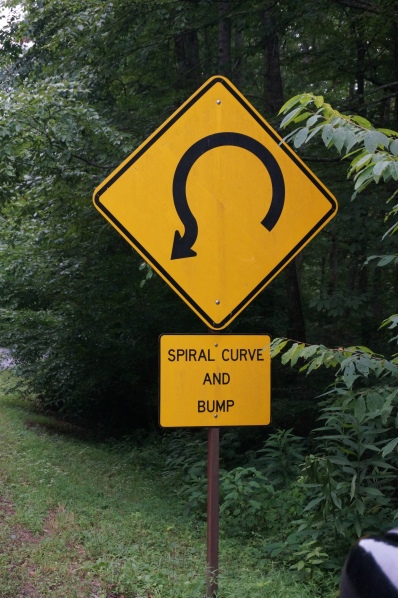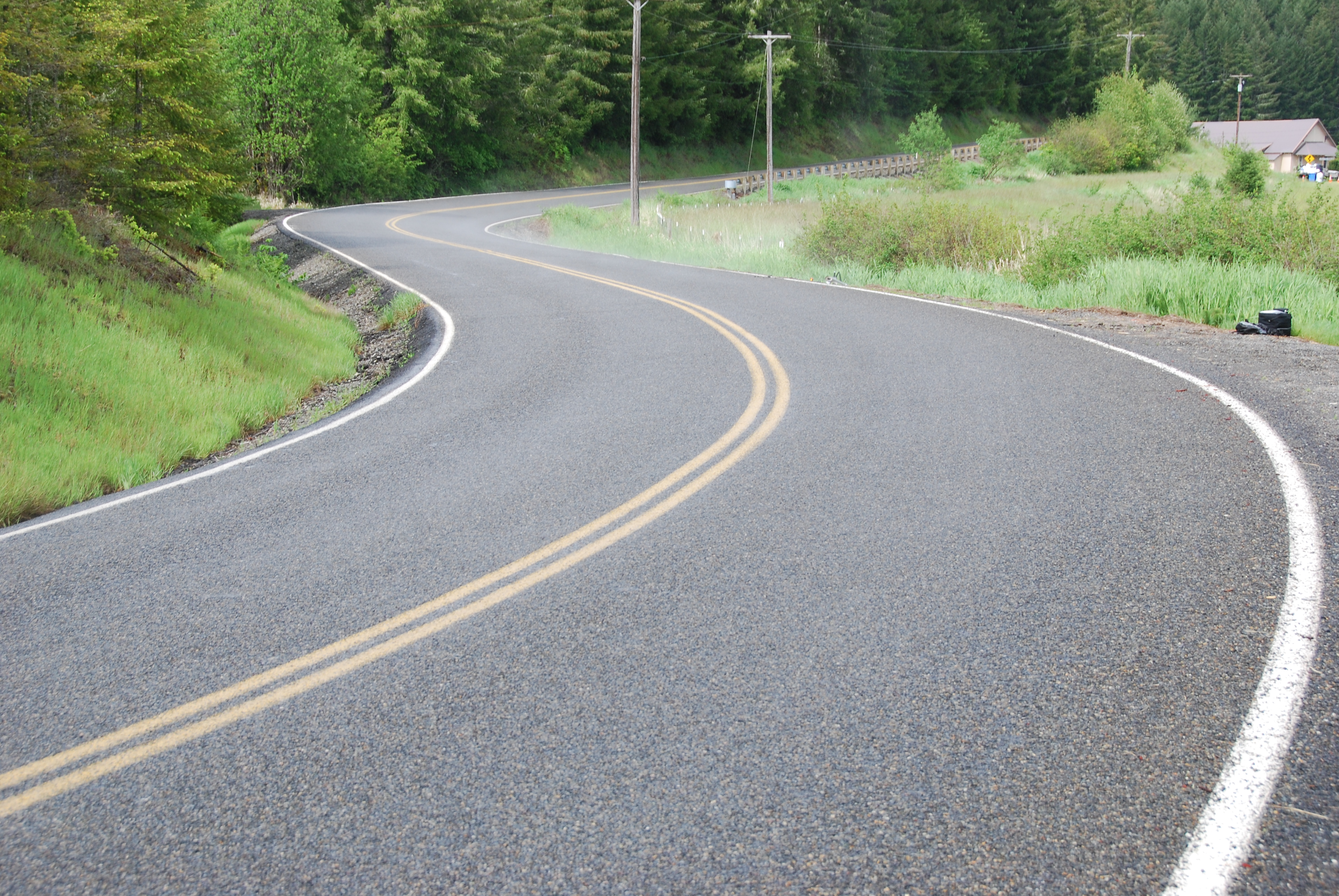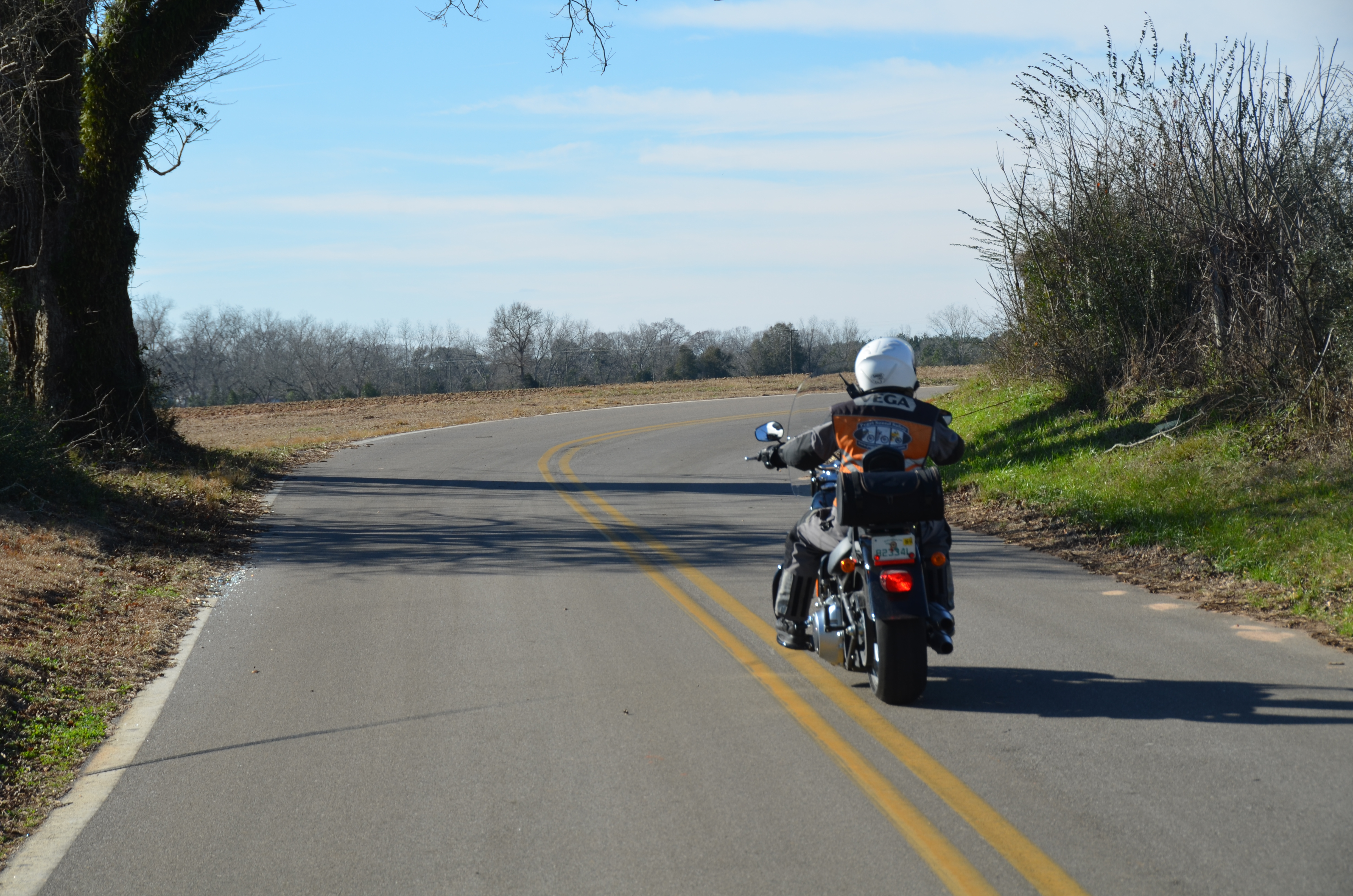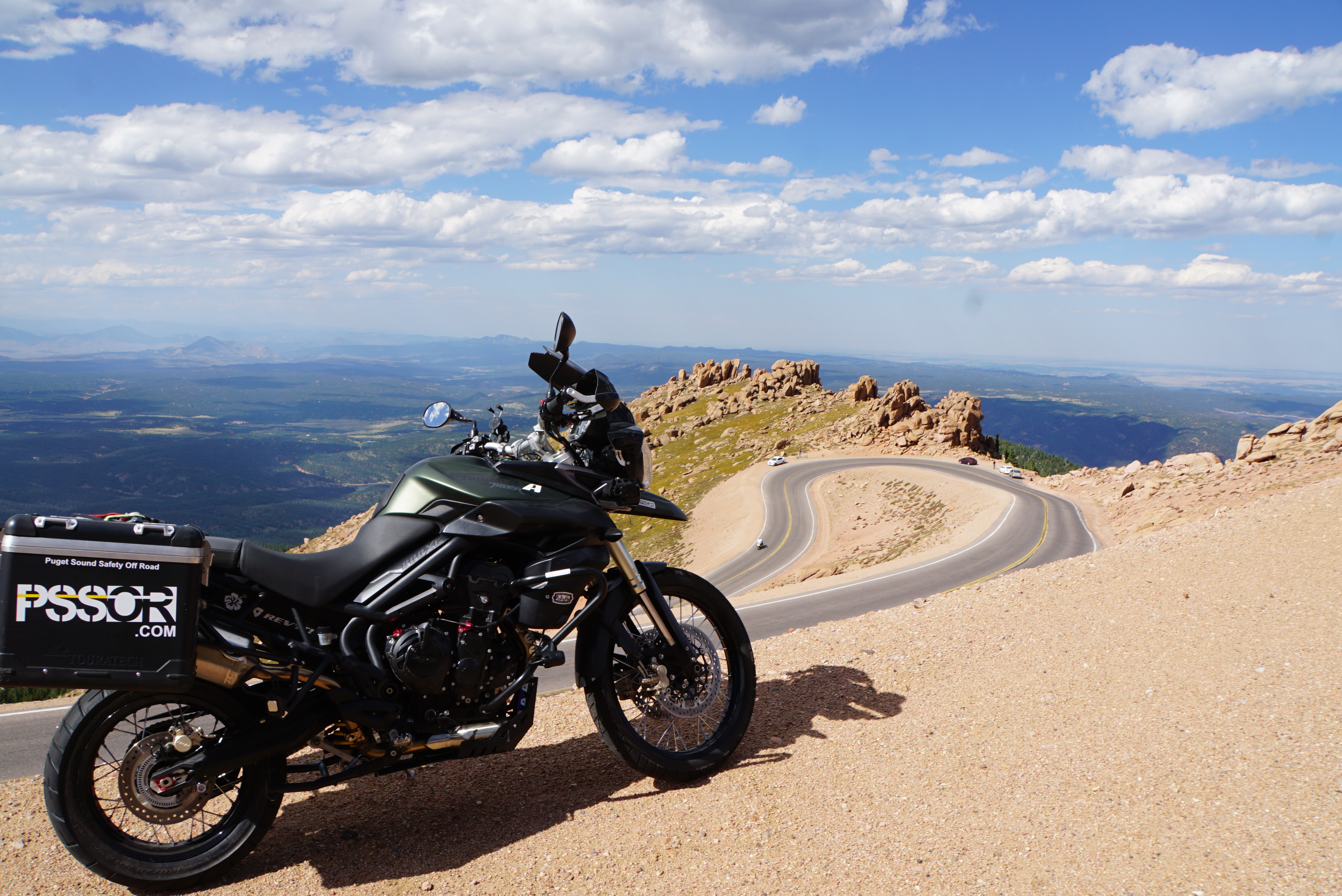Predictive cornering is a strategy where I utilize primary and secondary indicators to compile all the available information to predict where the road is going, identify potential hazards, and reduce the compression of information. Eliminating one or more of the above strategies is often the cause or primary factor in riders crashing in curves. Predictive cornering is used to determine the following:
- The radius of the corners
- Oncoming hazards
- Potential traction changes
- The number of upcoming corners
- Elevation changes
- Bank and angle of the road
- Traffic
The primary goal of predictive cornering is to reduce the speed at which information and decision-making is done by the rider. By reducing how fast information compacts, the rider can take action early and alter their plan as new information is obtained.

Why Predictive Cornering Matters
The vast majority of motorcycle fatalities in Washington (72%) consist of the rider failing to negotiate a curve successfully (2018 data). This percentage is mirrored in other U.S. states and westernized nations, such as New Zealand. Additionally, 32% of multi-vehicle accidents also involve a curve, where the bike ran out of their lane and struck another vehicle. Being unable to negotiate curves is the number one fatality, and is entirely the rider’s fault.
In 2016, three states looked at motorcycle fatalities involving a second vehicle and found that only 18-30% of those fatalities were considered the fault of the other vehicle. The good news is that we as riders mostly kill ourselves, which means we have control over preventing that fate.
Predictive cornering is part of a greater riding strategy called “Delayed Commitment Cornering” which I won’t be able to cover in a single blog post, but this cornering process is based on three basic assumptions:
- Speed. Most fatal accidents do not show evidence that the motorcycle reached a physical limit of traction or ground clearance prior to crashing. The conclusion is that riders seldom crash due to physical limitations caused by speed, but rather something else. The evidence points to rider fear (see #2).
- Fear. Evidence points to the primary cause of these fatal crashes being due to a rider’s fear. The information the rider is processing (ie. hazards, direction, road conditions, etc.) occurs faster than they can plan and react, causing them to panic and freeze or allow natural survival reactions to take over.
- Lack of Rider Skill. The final element shown in accident involved riders is an overestimation of one’s own abilities. This can be better understood by researching the Dunning-Kruger effect.

Predictive cornering allows us to utilize clues and indicators that allow for an accurate prediction of what is about to happen beyond what we can see on the road. Primary and secondary indicators give us information to make accurate assessments of the road ahead of us.
Primary Indicator
A primary indicator is any visual, auditory or olfactory input that provides the rider with a cue to predict a change in direction, traction or hazard that can be considered factually reliable. Examples of primary indicators would be a directional sign, the road’s vanishing point or cornering chevrons.

Some indicators are only considered a primary indicators when considering what the rider is using the indicator to determine. One example is using trees as a directional indicator. If the rider is looking to determine direction through the process of elimination, then a tree located directly in front of the rider would be considered a primary indicator since the rider can be assured the road will not continue directly through the tree.
Another example would be a sign warning the rider of an impending 20mph corner. If the rider is using the sign to confirm the direction of the approaching corner, then the sign would be a primary indicator for direction. Because the speed recommendation of signs can be affected by many factors such as local accident rates, driveways and laws, the use of the speed recommendation to determine the radius of the corner would be a secondary indicator.

Secondary Indicator
Secondary indicators are unreliable indicators that support the rider’s hypothesis as to the direction, condition, hazards or other conditions of the road. Secondary indicators can be interchanged with primary indicators depending on specific situations. To reference the same example, a tree located directly in front of a rider may be a primary indicator showing the road cannot continue straight; however if a rider is at the bottom of a hill and trying to determine how much the road might turn after the crest, the top of the same tree may give a suggestion as to the width of the road and how much slope there might be following the crest.

Another example of a common, but unreliable, secondary indicator are powerlines. Powerlines often parallel roads but will commonly cut through wooded areas or cross over roads to the other side.
Secondary indicators should only be used in combination with primary indicators before a rider makes a commitment to any path of travel or speed.
Flash Indicator

A flash indicator is a primary or secondary indicator that appears for only a flash (brief moment) and then disappears. This is often found when looking through trees or rivers, across fields or valleys lateral to the current direction of travel or may occur when cresting a hill.
A flash indicator also refers to any brief sighting of an oncoming vehicle, pedestrian, or foreseeable hazard. Remember, it is only seen for a quick flash then disappears, until it reappears in a rider’s immediate path of travel.

Discussion
We are our own greatest hazard. To survive, it’s not our speed that has to slow down but the speed at which we can process information or gain information and more than that, it is our cognitive biases that influence us (more on cognitive biases in another rant/blog). Riders often refer to the decreasing radius corner they got caught off-guard by, but nearly all curves are a constant radius. The rider erroneously believes the corner is decreasing because the information they are receiving (mostly visually) is coming at them faster than their mind can sort it out, plan and react thereby causing the illusion of a compressing (decreasing) corner. It’s this compression time that kills riders.
- Slow down. By slowing down, we also slow down the rate at which we have to process information. Because we are moving slower we have more time to process, plan and act on the information we see. This also has the advantage of giving us more to react and requiring less aggressive maneuvers.
- Receive the information sooner. The farther we look out, the more time we have to process, plan and act. Predictive cornering takes this to the next step. Rather than looking to the vanishing point, we look beyond the vanishing point using techniques like “wedging”, edge detection, pattern recognition or indicators such as motion parallax to give us the critical clues for an early plan.
- Become better skilled at processing information. Our minds need to be trained as much or more than our muscle reflexes. By constantly applying the techniques of predictive cornering and always riding the cleanest line through every corner, you require less attention for accurate prediction. Your mind will become free to process additional information such as a broad scan of both sides of the road at the same time for deer, approaching cars or flash indicators.
The remainder of the delayed commitment cornering process includes the use a specific style of braking that extends your braking zone into the curve, eliminates the concept of the apex and changes the way you find your exit.

I’d like to continue on, but I have a bunch of riders here in New Zealand waiting for me to teach so I will have to save the rest for a series of other posts.
Thanks for reading… If you like this content, please leave me feedback. If you did not find this through my website please check out www.brettkacs.com


Thank you for sharing your knowledge Bret!
LikeLiked by 1 person
Great tips. Thank you Bret for helping us, teaching us, how to be not only better, but most importantly, safer riders.
LikeLiked by 1 person
The different sides we ride on roads in the world…does it change how I interpret your theories as I ride on the left side?
LikeLike
Great article! I use the mental visual aid when teaching students that want to look at their handle bars and they seem to get my point. I ask them did you look at your steering wheel when you drove here or out the windshield and down the road? They will all laugh and give the windshield answer and get the point to look down range. Like you said the sooner you have the information the longer your have to process it and decide what is the best action. But for reason’s I don’t understand why do we all, at first, never want to look past our front tire when we first start to ride.
LikeLiked by 1 person
I think you just outlined a future blog
LikeLike
Very informative. Thank you.
LikeLiked by 1 person
Very good article… learnt my riding from a retired motorcycle cop… in the UK they use a system called ‘Roadcraft’… this article should be required reading by both newbie and experienced riders.
Nice one, Brett
Stay safe, enjoy NZ
Steve Mac
LikeLiked by 1 person
Great article. Missing your input on YouTube, any plans to return and any plans to run or visit seminars, training etc in Europe.
Cheers
Nick
LikeLike
Interesting article Bret, thx for sharing your knowlegde.
LikeLike
Great post but I think its more like an intro to a whole series that could be done with a short post with additional detail on each of the component techniques you described. Would be of great ise to many riders.
LikeLike
Thank you for this article and pointers; for a person like me in the process of learning to become better to the off road adventures, it is a very well detailed explanation, appreciate your teaching Bret
LikeLike